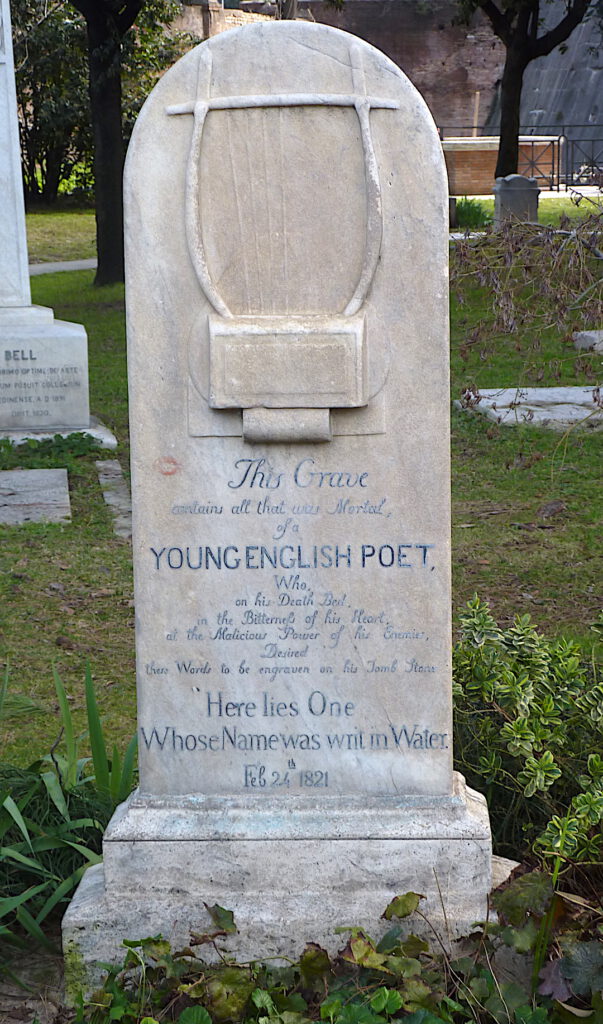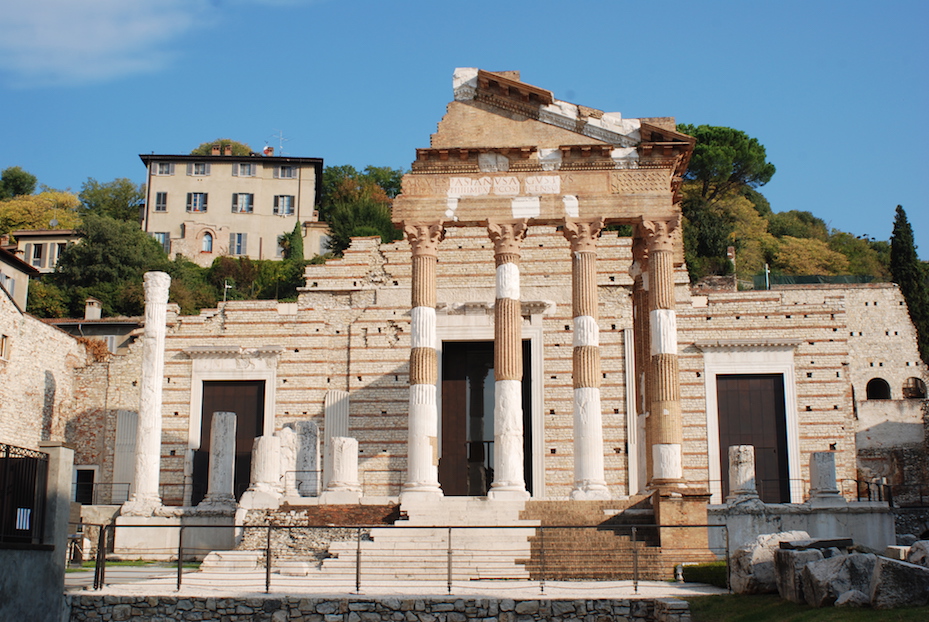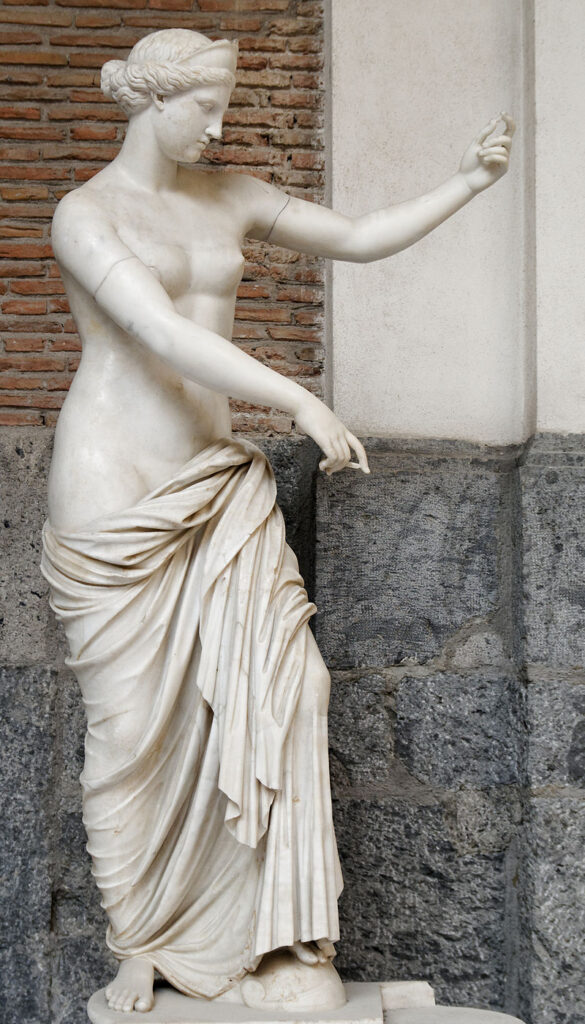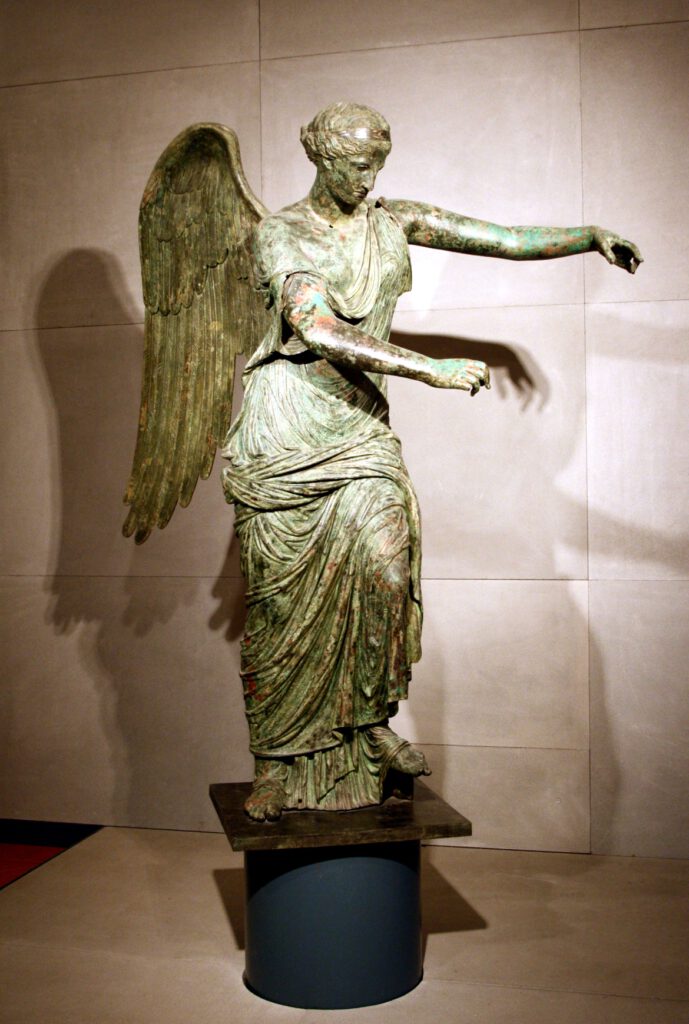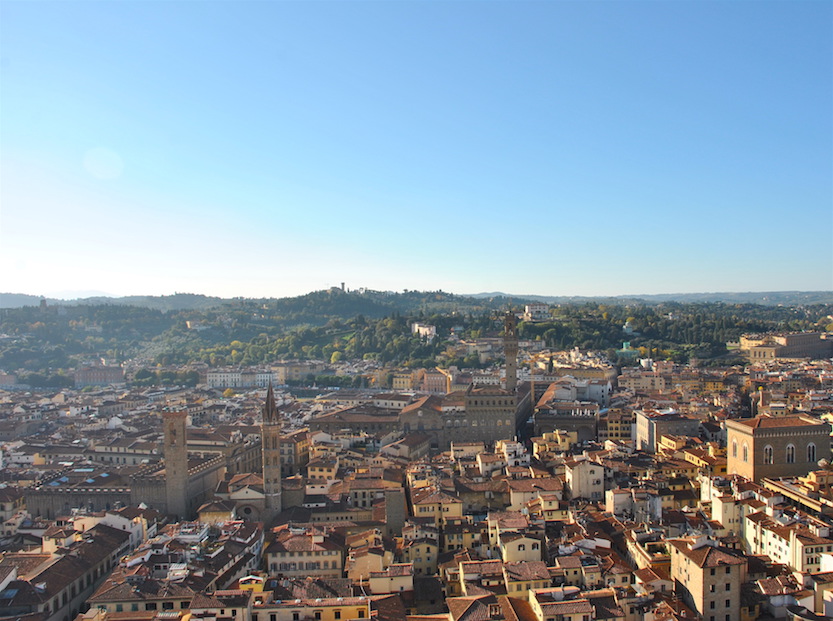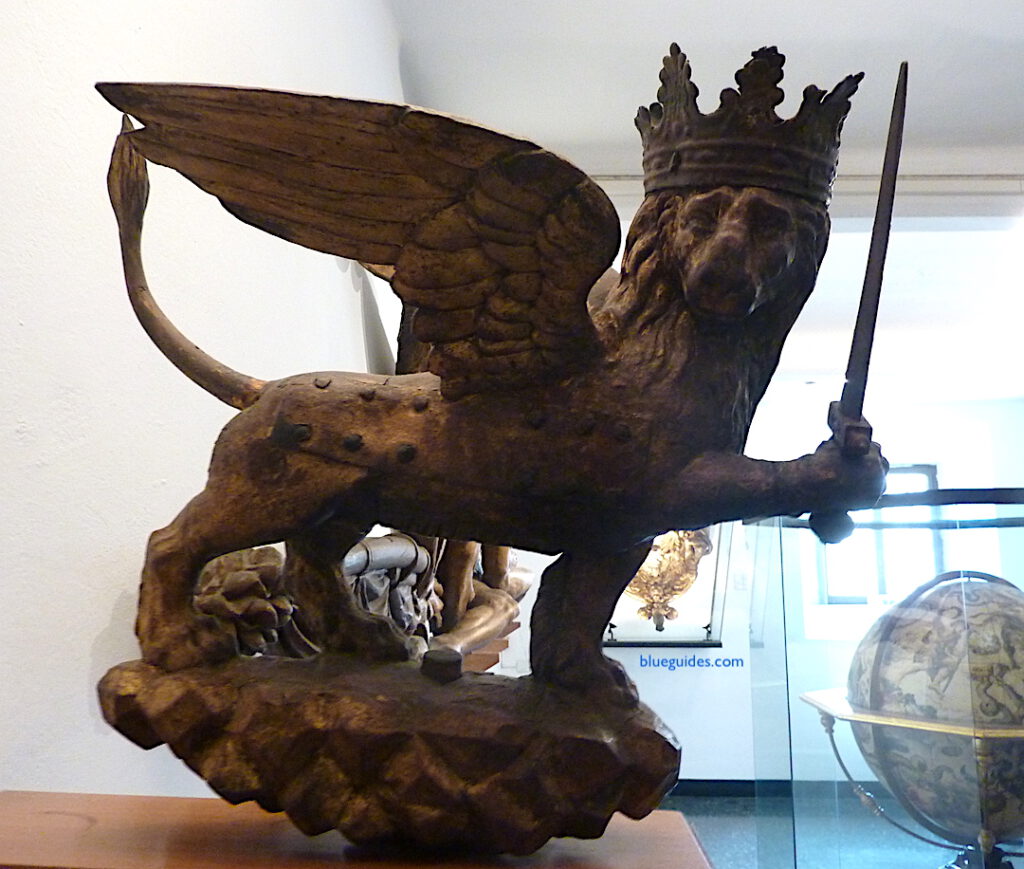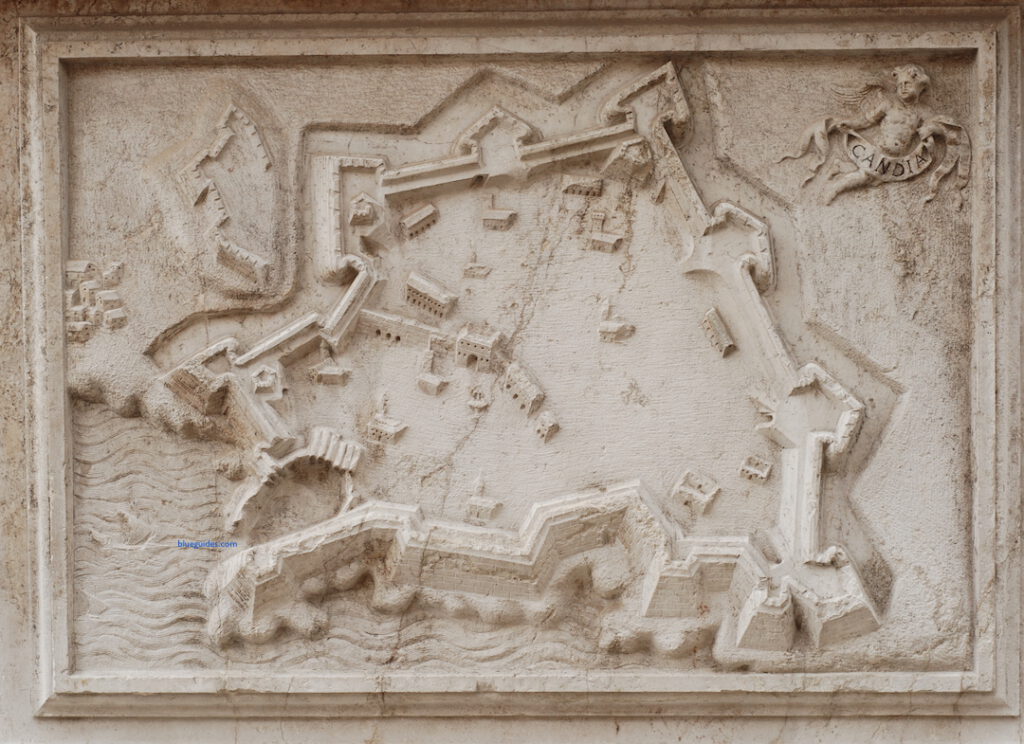by Alta Macadam
2021 has been a special year for Italy’s greatest poet as it is seven hundred years since his death. All over the country there have been commemorations, most of them ‘virtual’ because of the restrictions imposed by the spread of Covid-19. These have included a new edition of the Divina Commedia, conferences and readings, blogs and podcasts, and art exhibitions of works inspired by the famous poem. Notable among these was “Dante. The vision of art”, with works from the 13th to the 20th century, in Forlì, the town where Dante took refuge in 1302. In the summer, to inaugurate its “Terre degli Uffizi” cycle of small exhibitions in places in Tuscany, the Uffizi lent works connected with the poet to a display in the castle of the Conti Guidi in Poppi (Nel segno di Dante: Il Casentino nella Commedia), and sent Andrea del Castagno’s wonderful fresco of the poet to the little-visited village of San Godenzo. The Uffizi have also decided to create digital access to Federico Zuccari’s 88 illustrations of the Inferno, carried out in 1586–8. In Ravenna, where Dante died and is buried, the museum dedicated to him, in a building beside his tomb, reopened in expanded form.
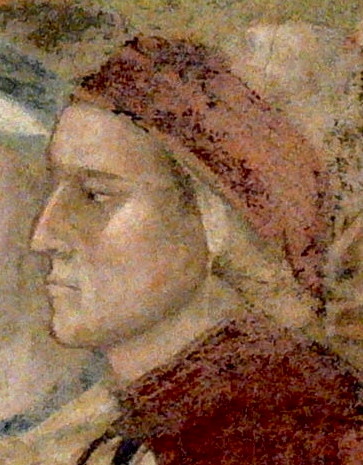
One of the most interesting events in Florence, Dante’s birthplace, was an exhibition in the Bargello. A tiny exhibition (just two small rooms) with a mighty title: “Onorevole e antico Cittadino di Firenze; il Bargello per Dante”. The first part, “Honourable and ancient citizen of Florence”, is taken from a phrase by the historian Giovanni Villani, Dante’s near-contemporary. The sub-title, “The Bargello for Dante” is a way of suggesting atonement for the building’s grim role in condemning the poet—in his absence—to be burnt at the stake (and in a subsequent verdict to be beheaded), a sentence which forced Dante into exile from his beloved native city for the rest of his life. Almost from the very day on which the sentence was pronounced, Florentines have voiced their grief that their poet was never able to return. The declared intent of the exhibition was to reveal how closely Florence remained linked with Dante for the three decades after his death in 1321, ensuring that he lived on in the collective consciousness.
It was thirty years after Dante’s death that Boccaccio wrote his Trattarello in laude di Dante, which included a collection of his works as well as a biography (the precious first edition of which, lent from Toledo, was one of the exhibition’s central displays). Other works came from the Laurenziana and Riccardiana libraries and the Archivio di Stato in Florence, as well as from Milan (Archivio Storico Civico and the Trivulziana), from Rome (the Vatican), from Paris and from New York (the Pierpont Morgan and Metropolitan Museum of Art).
The text of the Commedia itself (for which no autograph copy exists) was copied out in Florence by scribes (almost always notaries), only one of whom signed his name, Francesco di Ser Nardo da Barbarino. One of his codices, dated 1337, has a frontispiece showing Dante wearing a crown of laurels: the first time he is shown as poet laureate. The illuminations are by an artist known as the “Master of Dominican Effigies”. By the middle of the 14th century, Dante’s work had been copied more times than that of any other medieval author, and some 70 of these manuscripts have survived. Since the 15th century they have been known collectively as the “Danti del Cento”, as traditionally one scribe is thought to have made a hundred copies in order to provide a dowry for his daughters. Almost all of them were illustrated by the Master of Dominican Effigies and Pacino di Bonaguida. One of their collaborations on display at the Bargello was a tome from the Laurenziana library showing the effects of good and bad government: on one page a famine-racked Siena expels its starving citizens through the town gates, and on the facing page prosperous Florence opens her doors to welcome them. The two towns are easily recognisable by their buildings.
It was not long before commentaries on the Commedia were being produced in Florence. In the very first in Italian, dated around 1334, the anonymous author makes notes in the margin to guide the reader, even telling us that he actually met Dante outside Florence and questioned him about a legend which the poet includes in one of the cantos. The oldest surviving paper version of the Commedia dates from around 1341 and the pages are covered with notes and comments which almost become scribbles. Another volume of the poem is a manual for illuminators suggesting where would be a good place to add an illustration and describing the subject matter.
The Palazzo del Bargello is also an appropriate place for an exhibition on Dante since it has a chapel with frescoes traditionally attributed to Giotto which include a scene of Paradise in which the figure of Dante himself appears. Although many portions of the frescoes are almost totally obliterated, the portrait of Dante dressed in red is easy to identify. The sensation caused in 1840 when it was discovered beneath the whitewash is described in Blue Guide Florence. Although art historians in the 20th century tended to dismiss these frescoes as workshop productions, it is interesting to note that today they are considered by some to have been begun by Giotto himself (on the vault and upper part of the Paradise wall) and left unfinished at his death in 1337, when they were continued by his pupils. Below and to the right of the lancet window a bishop kneels beside Dante, and in front of the poet the standing figure dressed in yellow looking straight at us is identified as the Emperor Trajan. It has been suggested that the scene of Hell on the opposite wall may even have been inspired by Dante’s description.
Today on display in the chapel is a register which records the verdicts pronounced by the Podestà Gabrielli from Gubbio open at the page in which Dante’s name appears, condemned because his appointment as Prior of the city appeared to be the result of corruption, and accused also of manipulating the election of his successor. Here, too, have been placed a panel painted on both sides, showing the Beheading of St John the Baptist, a touching work shown to those condemned to death just before their execution, and a small processional Cross painted by Bernardo Daddi, of the type held up to criminals as they were led to their death in a last attempt to make them confess and repent.
It is comforting to think that despite the fact that the Bargello building was later used as a prison, it was also the place where instruments of torture were burnt in the courtyard in 1786, after Grand Duke Peter Leopold abolished the death sentence. It remains one of the best-loved museums in all Florence for its sculptural masterpieces of the Renaissance. And Dante will continue to be celebrated every year from now on, on 25 March, Dantedi.







